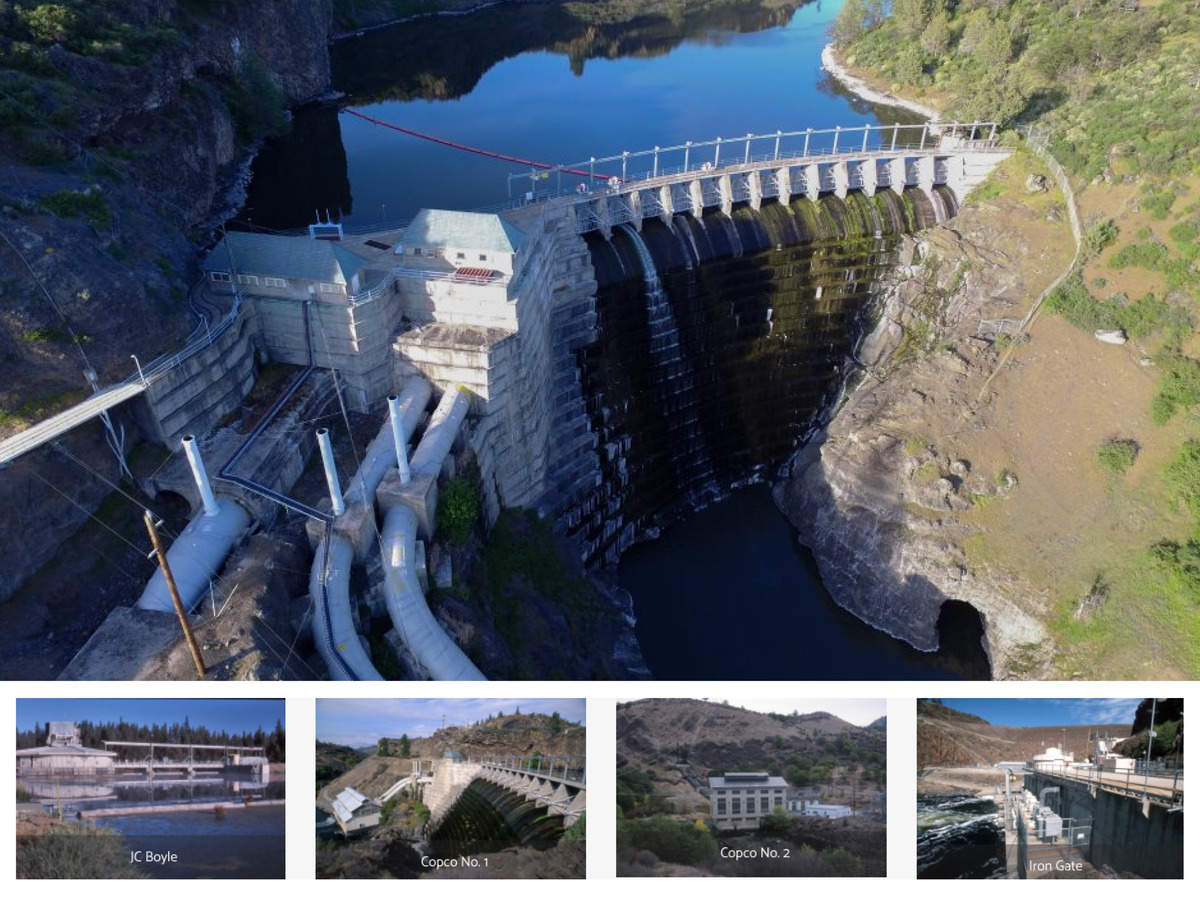A U.S. agency seeking to revive endangered fish habitat gave final approval to decommission four dams straddling the California-Oregon border, the most important dam removal project in U.S. history due to saving salmon.
Dam removal is predicted to improve the health of the Klamath River, which transports Chinook salmon and endangered coho salmon from the Pacific to upstream spawning grounds and then returns to the sea.
The Federal Energy Regulatory Commission of the US issued an order surrendering the dam licenses and approving dam removal.
Native tribes are satisfied with saving salmon
Several native tribes, whose ancestors have lived off the salmon for hundreds of years but whose way of life was disrupted by European settlement and the demand for rural electrification in the twentieth century, have long supported the project.
The Klamath salmon are returning, consistent with Joseph James, chairman of the Yurok Tribe. This victory has been earned by the people, and with it, we continue our sacred duty to the fish that have sustained our people since the start of time.
Climate change and drought have also put a strain on the salmon habitat; the river has become too warm and infested with parasites for many fish to survive.
Power utility PacifiCorp, a unit of Warren Buffett’s Berkshire Hathaway, will surrender the dams on federal land, which at full capacity provide enough electricity for 70,000 homes.
New regulations are costly for the fish companies
Faced with costly new regulations that included the development of fish screens and ladders, the corporate instead agreed to decommission the dams with the tribes and the US government.
According to Bob Gravely, a corporation spokesperson, PacifiCorp is contributing $200 million toward dam removal, which can be paid for by a surcharge on its customers in Oregon and California, and California voters approved a bond measure for the state to contribute a further $250 million.

